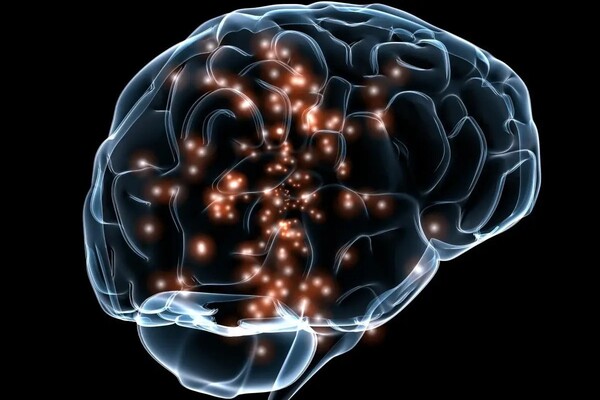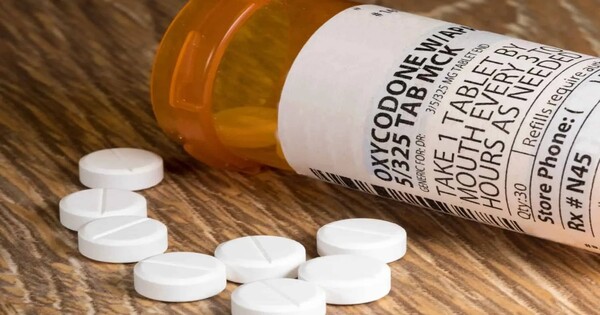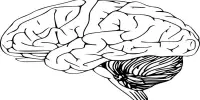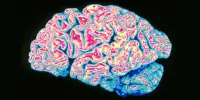Even after years of recovery, a person who has struggled with alcohol or drug addiction may relapse — and relapse is more likely to occur during stressful periods. Scripps Research scientists have discovered a brain region that plays a critical role in stress-induced opioid relapse. Their results explain why the medicine suvorexant, which has previously been shown to minimize alcohol and oxycodone relapse when delivered orally, is so effective.
“Having a better understanding of the region(s) in the brain responsible for this kind of relapse is incredibly important as we develop treatments for alcohol use disorder and opioid use disorder,” says Scripps Research Associate Professor Remi Martin-Fardon, PhD, senior author of the study published in the Journal of Psychopharmacology.
Chronic heavy alcohol use and binge drinking are examples of alcohol use disorder, whereas opioid use disorder is defined as opioid use that produces severe distress or impairment over time. Both illnesses are considered serious public health concerns, affecting millions of people annually.
Having a better understanding of the region(s) in the brain responsible for this kind of relapse is incredibly important as we develop treatments for alcohol use disorder and opioid use disorder.
Remi Martin-Fardon
Martin-Fardon’s team recently demonstrated that when alcohol-dependent rats were given the medicine suvorexant (Belsomra®), they drank less alcohol and were less likely to relapse under stressful conditions. Similar studies found that it could also reduce opioid relapse triggered by drug-associated stimuli.
Suvorexant inhibits the neural signaling molecule orexin. However, orexin affects on the brain in a variety of ways, and the researchers hoped to better understand which parts of the brain and chemical pathways were important for suvorexant’s anti-relapse effects.
In the latest study, the researchers focused on opioid-dependent rats who had learnt to press a lever to get oxycodone but had then been opioid-free for at least 8 days.
Then, the researchers developed a system to expose only one small area of the rats’ brains, known as the posterior paraventricular nucleus of the thalamus (pPVT), to suvorexant, rather than giving the drug orally which exposes the entire brain to the drug. The pPVT has been previously shown to play a role in stress, eating and drinking. They found that opioid-dependent rats who were exposed to stress and exposed to suvorexant in the pPVT, pressed the opioid-delivering lever less than half as many times as untreated rats. This diminished drug-seeking behavior, even in the face of stress, showed that suvorexant’s ability to prevent relapse was due to its action on orexin signaling in the pPVT.

“In the past, there has been a lot of focus on the role of other areas of the brain in stress-induced relapse,” says Jessica Illenberger, a postdoctoral research fellow at Scripps Research and first author of the new paper. “Our work really points the finger at the pPVT, as well as orexin signaling in that brain region, as being important in stress processing and drug-seeking behavior.”
Importantly, whether the rats were given sweetened condensed milk instead of oxycodone or reintroduced to drug-associated cues rather than stress, suvorexant in the pPVT had no effect on their behavior. This shows that stress-induced oxycodone relapse is caused by distinct molecular factors from stress-induced sugar cravings or other types of oxycodone relapse.
“Relapse is a big concern for persons with opioid use disorder and alcohol use disorder and this puts us one step closer to identifying the correct sorts of treatment to lower the likelihood of relapse,” Illenberger adds.”
The team is currently conducting similar research in animal models to see if suvorexant also operates via the pPVT in cases of alcohol dependence.
















